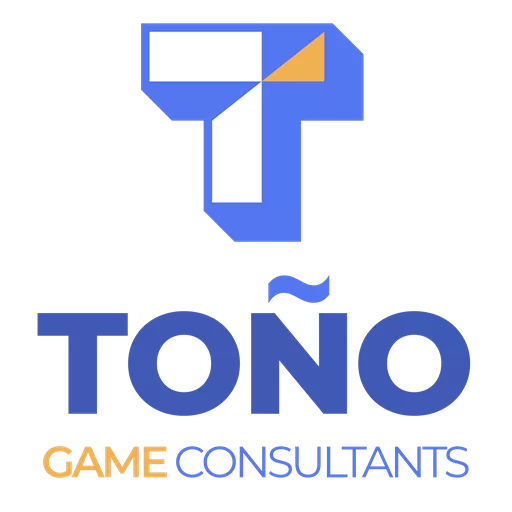Game monetization isn’t just about money, it’s about survival. If you want your game to sustain you (and not just sit in a portfolio), you need a plan from day one.
To unpack the essentials, I spoke with Ellen Beeman industry veteran, mentor, and collaborator at Toño Game Consultants. Ellen has worked across production, design, and monetization for decades, and her insights are a must for indies looking to avoid costly mistakes.
What Is Monetization in Games?
Monetization is the plan for how your game makes money. It’s not just “sell the game and hope”, it’s deciding early what model you’ll follow and how that ties into design, marketing, and player experience.
Ellen breaks it down into three major categories:
-
Premium: Traditional one-time purchase. Can expand with DLC, expansions, or demo/purchase splits.
-
Freemium Packages: Free to download, with flat-rate add-ons (e.g., new characters, weapons, or loot packs).
-
Freemium: Virtual Currency: Players buy a currency they spend in-game. This requires serious planning from the very start to build supporting systems.
When Should You Plan Monetization?
According to Ellen, the answer is simple: Day one.
Waiting until late in production makes implementation painful, expensive, and often incomplete.
From the very beginning, you need clarity on:
-
Which model fits your game (premium vs. freemium, or a hybrid).
-
What your business case requires scope, audience, and funding needs.
-
How marketing supports monetization because if players don’t see it, they won’t buy.
Packages, Loot Boxes, and the Value Proposition
Selling set-price packages (like a $5 sword or character unlock) is straightforward. Loot boxes and booster packs add complexity randomness can drive repeat purchases, but only if players trust the value.
Ellen emphasized one golden rule: the player who spends once is most likely to spend again.
That means every purchase needs to feel fair, transparent, and worthwhile. Anything less risks breaking trust and losing players permanently.
Pay-to-Win and Market Differences
“Pay to win” is controversial in North America and Europe but in some regions (like parts of Asia), it’s an accepted model. Knowing your target market is critical.
Wherever you launch, keep this in mind: time vs. money.
Some players will grind, others will pay. The best designs let both paths coexist, ensuring fair access while creating convenience for paying players.
Marketing and Monetization Go Hand in Hand
Monetization can’t exist in a vacuum. It needs marketing support, clear moments in the player journey where offers make sense.
Example: lose a boss fight, and the game surfaces a better sword offer. Done well, this feels like helpful timing, not intrusive sales. Done poorly, it feels like manipulation.
This is why Ellen insists monetization must be part of the initial cross-discipline conversation design, production, tech, marketing, and monetization specialists at the same table, from the start.
Closing Thoughts
Monetization isn’t a switch you flip at launch, it’s a pillar of design and production from day one. Picking your model, planning your systems, and aligning marketing early can mean the difference between a sustainable studio and a project that burns out.
But here’s the truth: you can’t build good monetization on top of weak design. Your core gameplay loop has to be clear, fun, and engaging, or no monetization model will save it.
That’s exactly where our Game Design Foundation package comes in. We help you validate your core idea, map out the systems that make it work, and set the stage for monetization that feels natural, fair, and effective.
Frequently Asked Questions about Game Monetization
What is game monetization?
Game monetization is the strategy for how your game generates revenue. It goes beyond “selling copies” and includes premium sales, DLC, freemium add-ons, or virtual currency systems that tie directly into design, marketing, and player experience.
When should I plan monetization?
On day one. Waiting until late in production makes integration expensive and incomplete. From the start, decide which model fits (premium vs. freemium), align with your business goals, and plan how marketing supports it.
What’s the difference between premium, freemium, and virtual currency?
-
Premium → One-time purchase for the full game, often expandable with DLC or expansions.
-
Freemium packages → Free to download, with flat-rate add-ons (like characters or weapons).
-
Virtual currency → Players buy in-game currency to spend. This requires serious infrastructure and planning upfront.
Are loot boxes or booster packs a good idea?
They can be, if they are transparent and offer clear value. Random rewards work only when players trust that every purchase feels fair. The first purchase is the hardest to earn; if players feel cheated, they won’t spend again.
Is “pay to win” always bad?
It depends on your market. In North America and Europe, pay-to-win is usually frowned upon. In some Asian markets, it’s accepted. The key is understanding your audience and designing for both time-rich and money-rich players.
How does marketing tie into monetization?
Monetization fails without visibility. Offers must appear at the right moment in the player journey, like surfacing a sword purchase option right after a boss fight. Done well, it feels helpful. Done poorly, it feels manipulative.
Can I add monetization late in development?
Technically yes, but it’s painful. Systems like virtual currency, progression, and marketing hooks require foundational design decisions. If you wait, you’ll face expensive rework and missed opportunities.
What’s the #1 rule of monetization design?
The player who spends once is the most likely to spend again. Always deliver fair value and protect trust, it’s the foundation of sustainable revenue.


